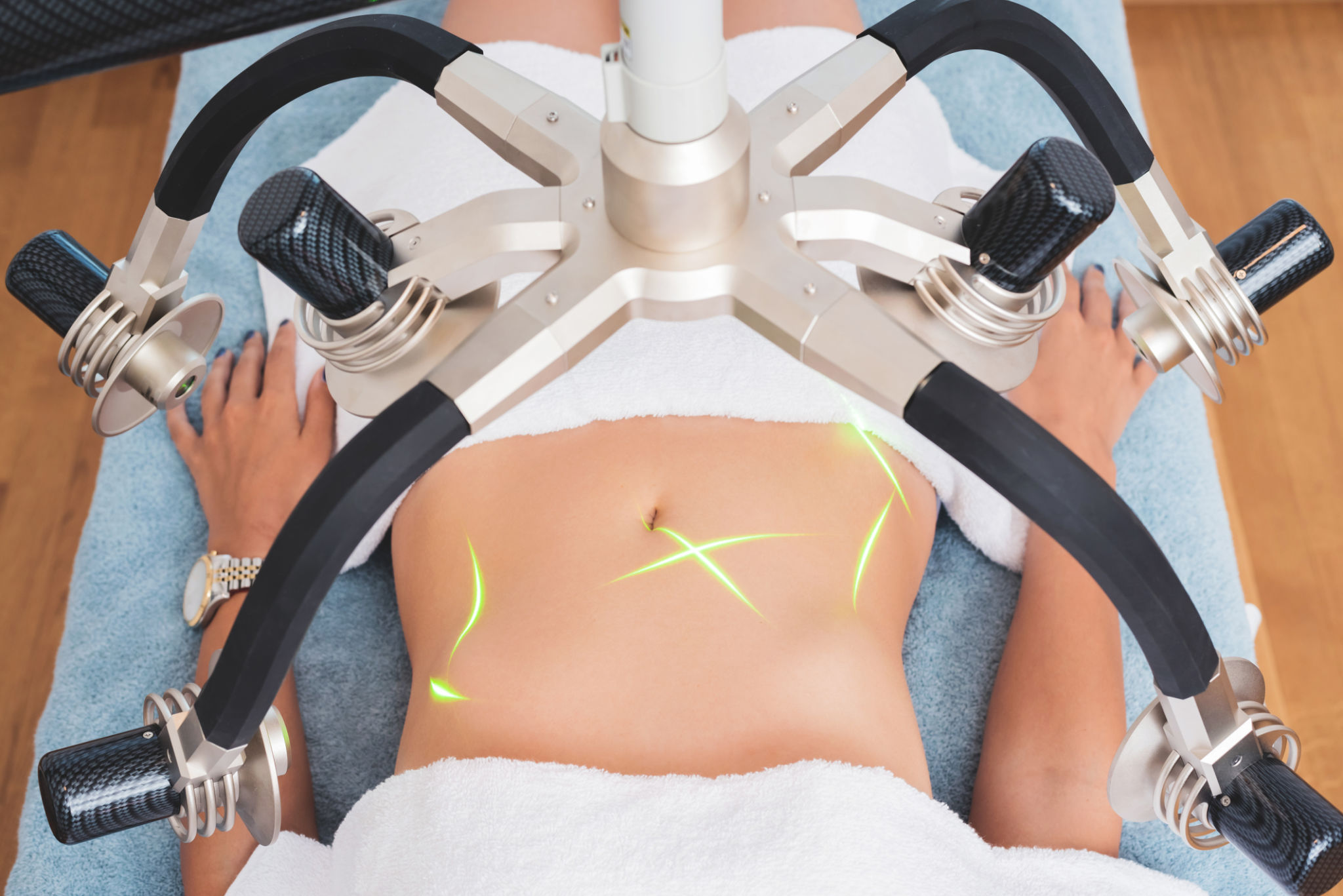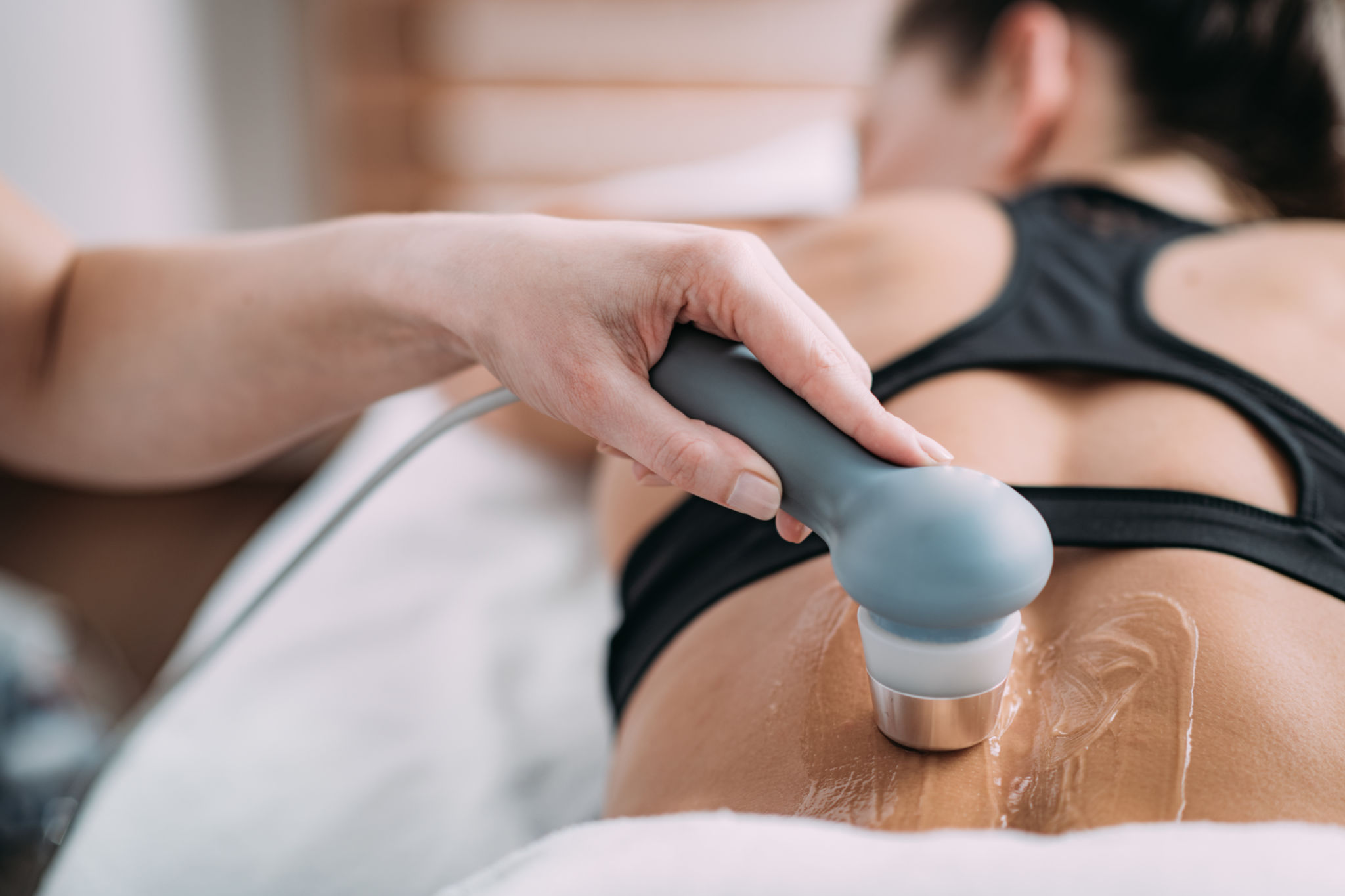How Non-Invasive Fat Reduction Works: A Guide to Cutting-Edge Technologies
Understanding Non-Invasive Fat Reduction
As the pursuit of a healthier lifestyle becomes increasingly popular, many individuals are turning to non-invasive fat reduction methods to achieve their desired body shape. Unlike traditional surgical procedures, these cutting-edge technologies offer a safer and often more convenient way to reduce stubborn fat without the risks associated with surgery.
Non-invasive fat reduction is designed to target and eliminate fat cells without damaging surrounding tissues. These methods typically require little to no downtime, making them an attractive option for those with busy lifestyles or those who prefer a less intrusive approach to fat loss.

How Do Non-Invasive Fat Reduction Techniques Work?
The fundamental principle behind non-invasive fat reduction is the use of specialized equipment to target fat cells directly. These techniques work by breaking down fat cells, which are then naturally eliminated by the body's lymphatic system over time. This gradual process results in a smoother, more contoured appearance in the treated areas.
Several technologies are employed in non-invasive fat reduction, each with its unique mechanism of action. Some of the most popular methods include cryolipolysis, ultrasound, and radiofrequency treatments. Each method has its own benefits and is suitable for different needs and preferences.
Cryolipolysis: Targeting Fat with Cold
Cryolipolysis is a popular non-invasive fat reduction technique that uses controlled cooling to freeze and destroy fat cells. This method is particularly effective for targeting localized fat deposits such as love handles, belly fat, and back rolls.

During a cryolipolysis session, a specialized applicator is placed on the skin's surface, where it cools the targeted area to a temperature that triggers the breakdown of fat cells. Over the following weeks, the body naturally processes and eliminates these destroyed cells.
Ultrasound: Breaking Down Fat with Sound Waves
Ultrasound technology is another non-invasive option that uses high-frequency sound waves to disrupt fat cells. This method is ideal for individuals seeking to reduce fat in larger areas of the body, such as the abdomen or thighs.
Unlike cryolipolysis, ultrasound techniques rely on sound energy to penetrate the skin and reach the underlying fat layers. The energy causes the fat cells to vibrate and break apart, allowing the body to gradually remove them through its natural processes.

Radiofrequency: Heating Up Fat Cells
Radiofrequency treatments utilize electromagnetic waves to generate heat within the targeted area, effectively breaking down fat cells and promoting collagen production. This dual action not only reduces fat but also tightens and smooths the skin.
This method is particularly beneficial for individuals looking to improve skin laxity while reducing fat. It is often used on areas such as the face, neck, arms, and abdomen, providing a comprehensive approach to body contouring.
Choosing the Right Method for You
Selecting the most suitable non-invasive fat reduction technique depends on various factors, such as the targeted area, personal goals, and individual preferences. Consulting with a certified professional can help determine the best approach for achieving your desired results.
It's essential to remember that while non-invasive fat reduction techniques can yield impressive outcomes, they are not substitutes for a healthy lifestyle. Maintaining a balanced diet and regular exercise routine can help enhance and sustain your results over time.

In conclusion, non-invasive fat reduction offers an innovative solution for those seeking to refine their body contours without surgery. By understanding how these technologies work and selecting the right approach for your goals, you can achieve a more sculpted figure with minimal disruption to your everyday life.
